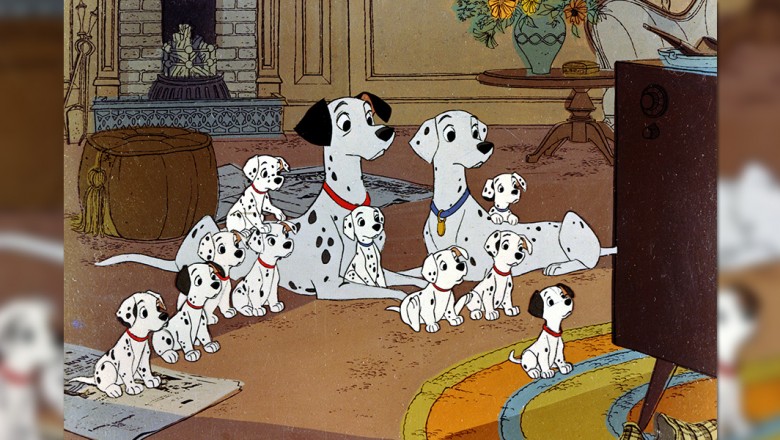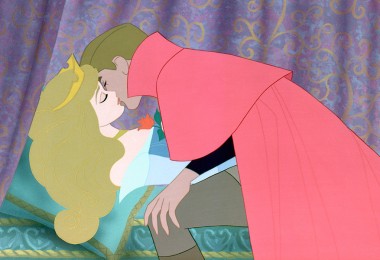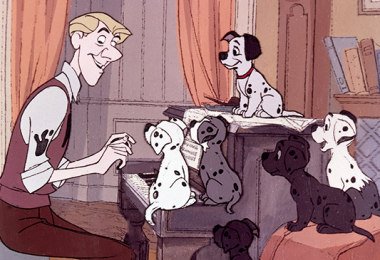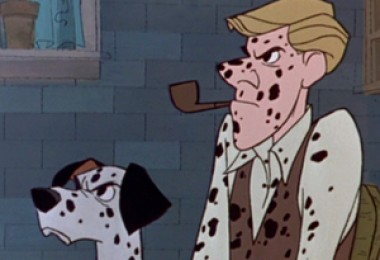By Charles Solomon
January 25 marks the 55th anniversary of the premiere of One Hundred and One Dalmatians. The first animated feature to earn more than $10 million on its initial release, Dalmatians has remained a favorite with audiences, critics, and artists since 1961. Disney Legend/animator Andreas Deja summed up the film’s appeal: “It’s the combination of an impeccably told story and fresh-looking, modern art. No film pushed the Disney style further than One Hundred and One Dalmatians.”
We worked with Disney author and historian, Charles Solomon, to bring you five interesting things about One Hundred and One Dalmatians many fans may not know.
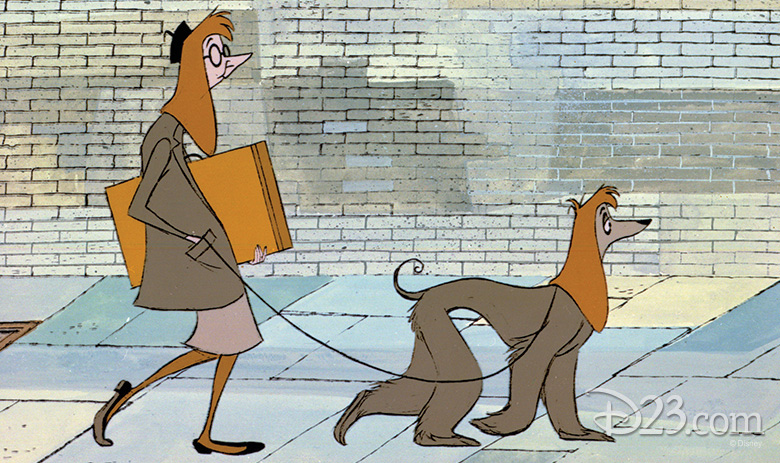
- One Hundred and One Dalmatians was the first Disney animated feature set in a specific place and contemporary time: Pongo says, “My story begins in London, not so very long ago.” Snow White and the Seven Dwarfs, Pinocchio, Cinderella and Sleeping Beauty are set in fairy-tale realms. Peter Pan and Alice in Wonderland begin in London, sometime in the later 19th century, Lady and Tramp is set around the same time in a fictionalized New England. Nothing indicates when Bambi takes place. The WPA-influenced scenes of the roustabouts suggest Dumbo unfolds in the 1930s, but the location in Florida remains vague.

- It was the first Disney animated feature to have screenplay—by master story artist Bill Peet, who didn’t particularly like the book when Walt gave it to him. “It had a deadly beginning with the people, the Dearlys, and their two dogs: Who can worry about a perfect marriage with two perfect dogs, with nothing to do but take walks together?” Peet said. “I decided to start the narrative from the dog’s point of view.”
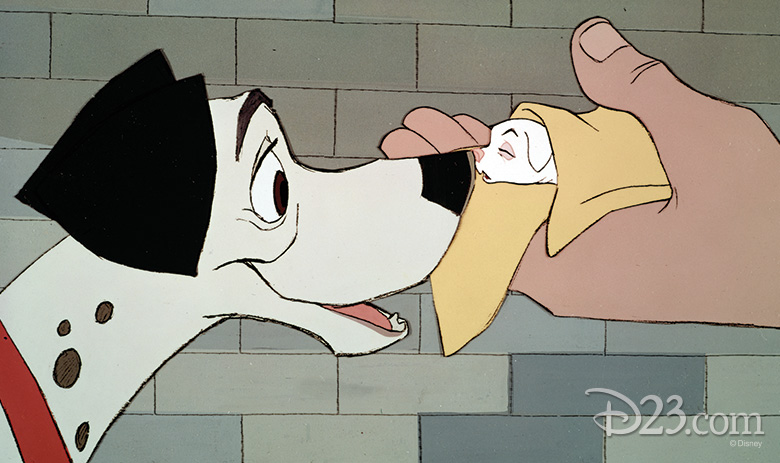
- In the film, one of Perdita’s puppies seems to have been stillborn, but Roger gently massages it to start its breathing. This sequence was based on an event in author Dodie Smith’s life: In 1943, her Dalmatians, Buzz and Folly, presented her with not the expected seven puppies, but with 13 (15 in some accounts). One of the puppies appeared stillborn until her husband, Alec Beesley, massaged it to life.
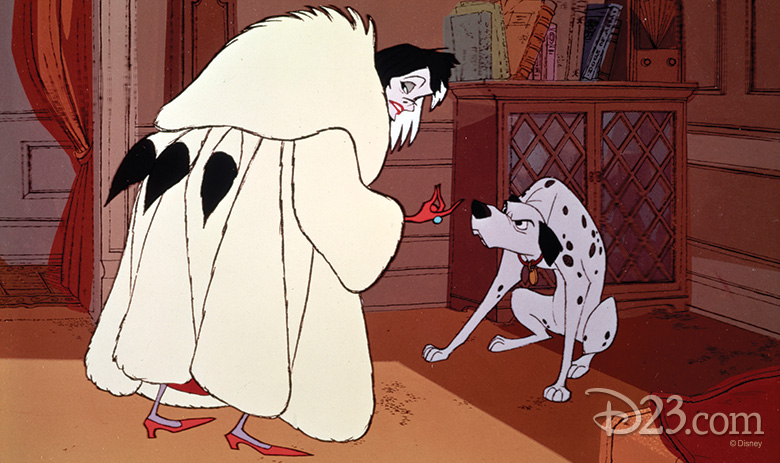
- The simultaneously scary and funny Cruella DeVil dominates One Hundred and One Dalmatians. Marc Davis, who animated her, recalled, “I had several partial models in mind when I drew Cruella, including Tallulah [Bankhead] and one woman I knew who was just a monster. She was tall and thin and talked constantly—you never knew what she was saying, but you couldn’t get a word in edgewise. What I really wanted to do was make the character move like someone you wouldn’t like.”
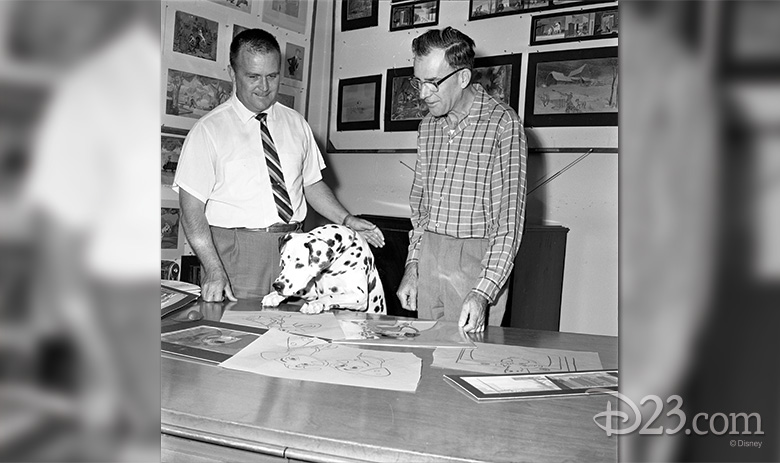
- Critics and audiences loved One Hundred and One Dalmatians; Walt Disney did not initially. As he had made only minimal contributions to the film, it may have annoyed him that it received so much praise—as Dumbo had 20 years earlier. He particularly disliked Ken Anderson’s art direction: The Xerox lines in the backgrounds matched the look of the characters, but reminded viewers they were looking at drawings. After the film’s release, Anderson suffered two strokes. While he recuperated, Disney sent presents and kept him on the payroll.


